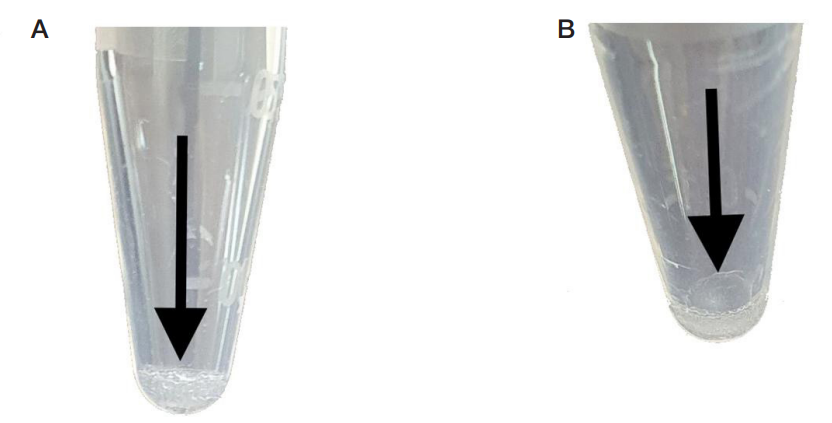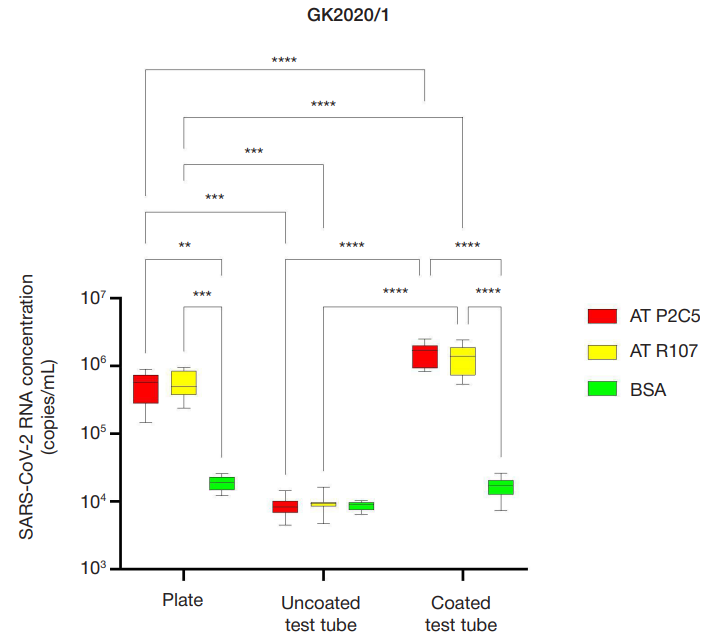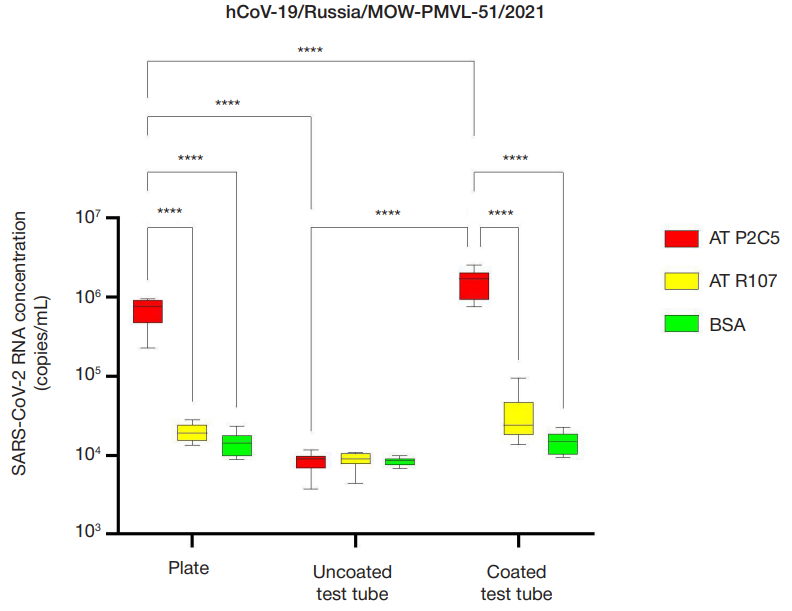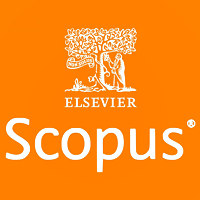
This article is an open access article distributed under the terms and conditions of the Creative Commons Attribution license (CC BY).
ORIGINAL RESEARCH
Modified micro test tubes as a promising basis for immobilization of antibodies for immunocapture on the example of SARS-CoV-2
1 Astrakhan State Medical University, Astrakhan, Russia
2 Russian University of Medicine, Moscow, Russia
3 Gabrichevsky Moscow Research Institute for Epidemiology and Microbiology of the Federal Service for Surveillance on Consumer Rights Protection and Human Wellbeing, Moscow, Russia
4 Gamaleya National Research Centre for Epidemiology and Microbiology, Moscow, Russia
5 Lomonosov Moscow State University, Moscow, Russia
6 Sechenov First Moscow State Medical University, Moscow, Russia
Correspondence should be addressed: Evgeny O. Roubalsky
Bakinskaya, 121, Astrakhan, 414000, Russia; moc.liamg@ykslabur.o.e orp.egahp@ykslabur
Funding: the study was supported by the Russian Science Foundation grant No. 23-15-20035, https://rscf.ru/project/23-15-20035/
Author contribution: Rubalsky EO, Abdrakhmanova RA, Baeva GR, Rubalskaya TS — experimental procedure involving micro test tubes; Shcheblyakov DV, Favorskaya IA — preparation of monoclonal antibodies; Rubalsky EO, Lazko MV, Poroyskiy SV, Gushchin VA — study design. The authors contributed to the search for and analysis of information, preparation of the draft, and manuscript writing equally.
Compliance with ethical standards: the study was approved by the Ethics Committee of the Astrakhan State Medical University. (protocol No. 7 dated 22 February 2023).




